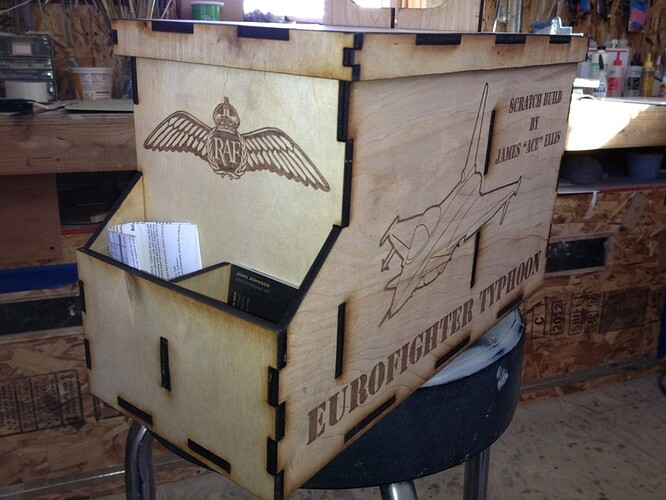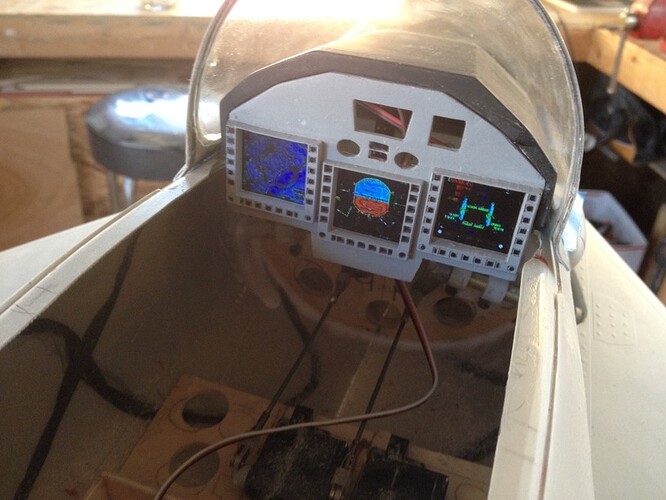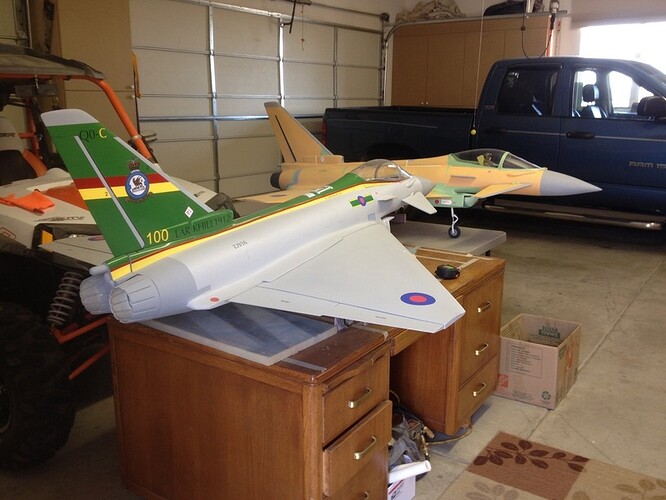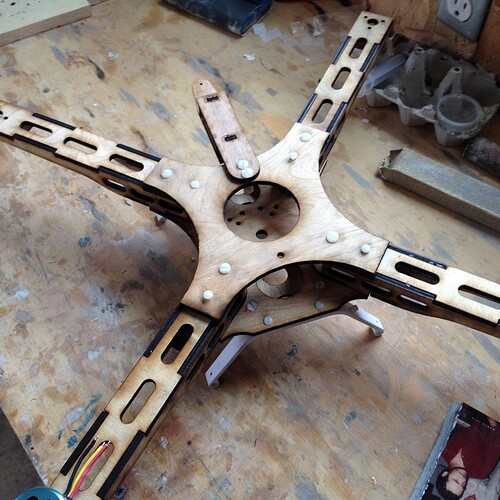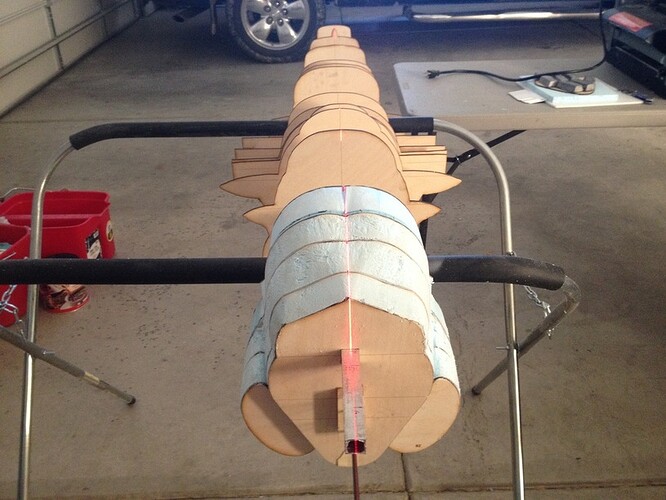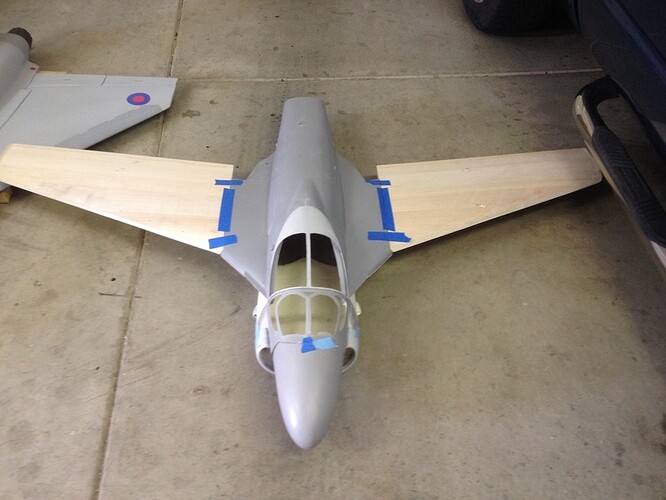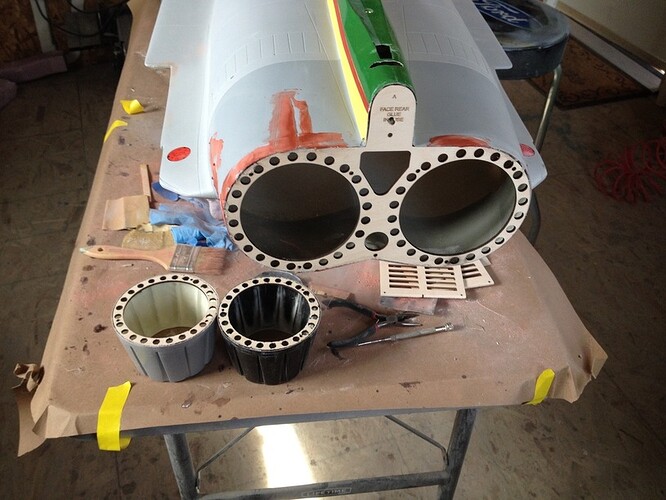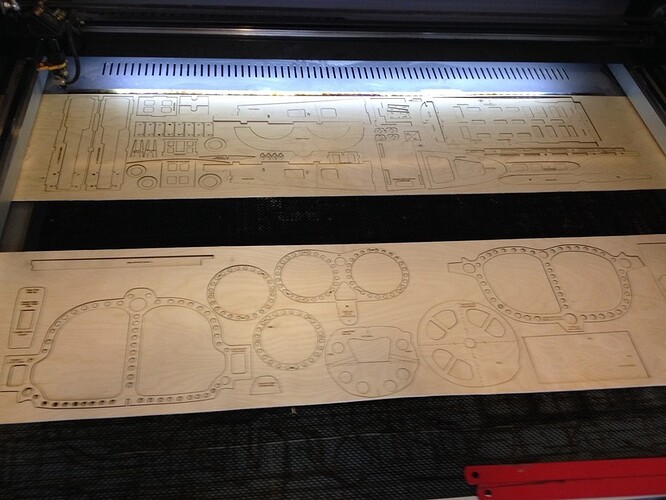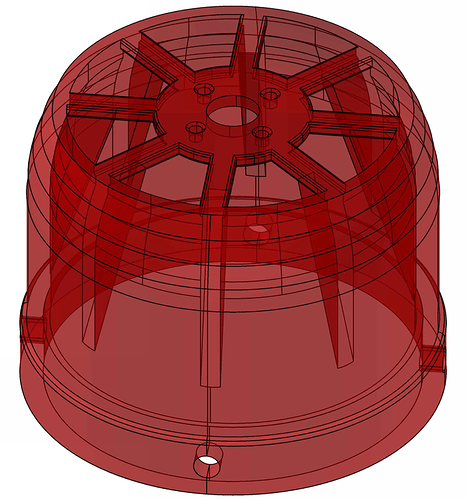They did have an outside specialist contractor do the design. I am so looking forward to hearing the story of Glowforge from the product development side of things I hope after shipping we can get a glimpse into the process. I’m fascinated by these stories.
I have a small hangar of RC aircraft - would love to see what you work on.
It is actually custom; it’s challenging since laser tubes run at ~20kv and 5-25ma, have negative impedance, and have resonant modes that throw them into oscillation. There’s a lot of interesting interactions between the physics of the laser and the engineering of the power supply. Fortunately we’ve got them operating stably and reliably now.
There are quite a few, but all of the same design. Unfortunately none meet our needs - most importantly around safety or compatibility with emissions regulations. Size, performance, and efficiency also came up short.
Building airframes is one of the reasons I wanted a laser cutter, the pass through feature and controlling software,in particular, was what sold me on a GF.Shame it’s only 0.25", I had it in mind to cut 6 feet long components out of 0.5" ply, flipping and feeding as I went with the registration and alignment taken care of.
Yes, it is going to be “large scale”!
Couldn’t you just make one pass with 1/4" ply and laminate 2 pieces together?
"A few weeks ago, a Glowforge that we shipped arrived out of alignment"
That would imply there is at least one more beta.
I hope that you are right, but implication isn’t the same thing as confirmation.
And in this case the implication has been refuted by Dan - at least for that specific unit that had the parts issue. That one was a loaner to a client. That doesn’t mean there aren’t any other betas - he’s neither confirmed nor denied that directly but this unit at least was not a beta unit.
Dan
Good to hear that you like RC models too. I provided a few pics showing various parts that are laser cut for my production models. We make them in both composite and stick built. Each aircraft would have at least 80 plus laser parts. We are also using lasers to make scale cockpit displays like in one pic and are now looking at making ejection seats etc. Once I get the GF I will be able to go far beyond what we are currently doing due to it being on site.
I currently have a friend who does some of my laser parts but it takes a few days to turn around. I first design the part in either 3D or Vector on a 27: iMac then send him the file. It has to be converted to run under a windows app that generates the cut code. Usually needs some editing due to windows. The GF’s ability to scan a part with a pencil line then cut it will increase the prototyping capability immensely. The vast majority of parts are first made with multiple test templates then get scanned into an image then drawn over with vector graphics. Then sent to the laser cutter to be manipulated all over again. The GF should be able to scan the final pencil template and do the cut directly to finished material. This alone will save 2-3 hours per part. Once test fitted we can then save or if required over draw with a vector file for further edits. Again a tremendous time saving. Many of these features are unique to the GF and the fact that it is platform independent puts it ahead of all the desktop lasers on the current market place. So bloody well hurry up and get it on the market. I’m desperate and need it last year… smile
If interested in some of these builds. I can provide you with some build links that have thousands of followers from around the world and are updated daily with lots of design pics etc.
let me know
Cheers Jim
That’s the plan, just an extra step that may have been avoided.
Pretty birds there, Really great modeling!
With a background in Naval aviation maintenance, I have an affinity for jet aircraft.
Your mention of ejection seats reminded me of the scariest piece of those aircraft - those seats.
I have stood right next to an engine on a test stand turning 100%, sound that goes right through you by bone conduction… But nothing, not even ordinance gives me the willies like those seats.
The Martin-Baker ejection seats are rocket powered, and have at least 4 safety pins to prevent them being actuated on the ground. Having to climb into the cockpit for any reason gave me a profound sense mortality.
Seriously, your work is most impressive. Where do you get the canopy material?
I like that! Remembering those waving in the wind coming across the flightline.
Gorgeous work. Are you using ducted fans or actual jet engines?
Very Impressive!
My own foray into custom RC planes was a much less ambitious project. A friend found a Styrofoam park-flyer at a yard sale. He dumped it nose first into the ground (tried to fly it with a dead battery). Smashed the nose-cone and killed the motor. I took it from him, bought a new motor, new battery, and designed a new nose-cone to be 3D printed.
Note… I have never flown an RC plane before. All of the flights I attempted plowed the plane into the ground. The first broke the nose-cone again, so I beefed up the design a bit, adding the ridges inside. The second flight didn’t break anything, but the third flight snapped the motor shaft. No more money going into this plane, but I have two of these nose-cones because I was getting rid of my 3D printer and wanted an extra.
If you’re getting started in RC, I recommend buying a big foamie pusher like this:
http://www.hobbyking.com/hobbyking/store/_56543__HobbyKing_8482_Bix3_Trainer_FPV_EPO_1550mm_Mode_2_Ready_To_Fly.html
they’re relatively inexpensive, easy to get started with, can do fast acrobatics and glide, and have parts that are reusable (although cheap ones you probably won’t reuse).
One of my favorite mechanical engineering “inspiration” books is the “Mechanisms and Mechanical Devices soucebook” and they have a section on converting linear to rotary motion. Apparently ejector seates have a bunch of pyrotechnic attached to ball screws and its’ job is to fire the ball screw into a ball nut to wind things up. Prior to ejection I guess they have to pull the guy’s legs in as close to the seat as possible, and after punching out it pops the seat away from the pilot so that the parachute can deploy correctly; and it’s all sequenced by cams on a camshaft.
I think I will stay home, thanks.
That is a wicked cool solution to the problem. Archimedes would be proud. ![]()
Thanks for that insight!
Yes, those seats are pretty amazing. The harness for the occupant will retract, rather violently to pull them completely into the seat (I never knew the mechanism). 
The seat has altitude sensors so that the chute doesn’t deploy at 40,000 feet and either freeze or suffocate the pilot and will free fall to a specific height before a 1" diameter piston fires like a bottle rocket (one of the safety pins I mentioned) to deploy the chute.
Because of the G’s from ejection it is common to lose consciousness, so the seat disconnects and falls away leaving the pilot to wake up hanging in his parachute, with survival gear hanging from him.
What I described was 1970 technology, and I have no idea how the systems may have evolved since then.
Thanks for that llink! That’s my kind of reading.
I don’t know the details of the mechanisms, but I do know that “zero-zero” and inverted-ejection seats have been developed and put into use, which is to say that if a pilot ejects at very low altitude (including ground level and stopped) the seat has rockets and a guidance system that will carry the pilot up to a safe altitude for chute deployment. The mind boggles.
